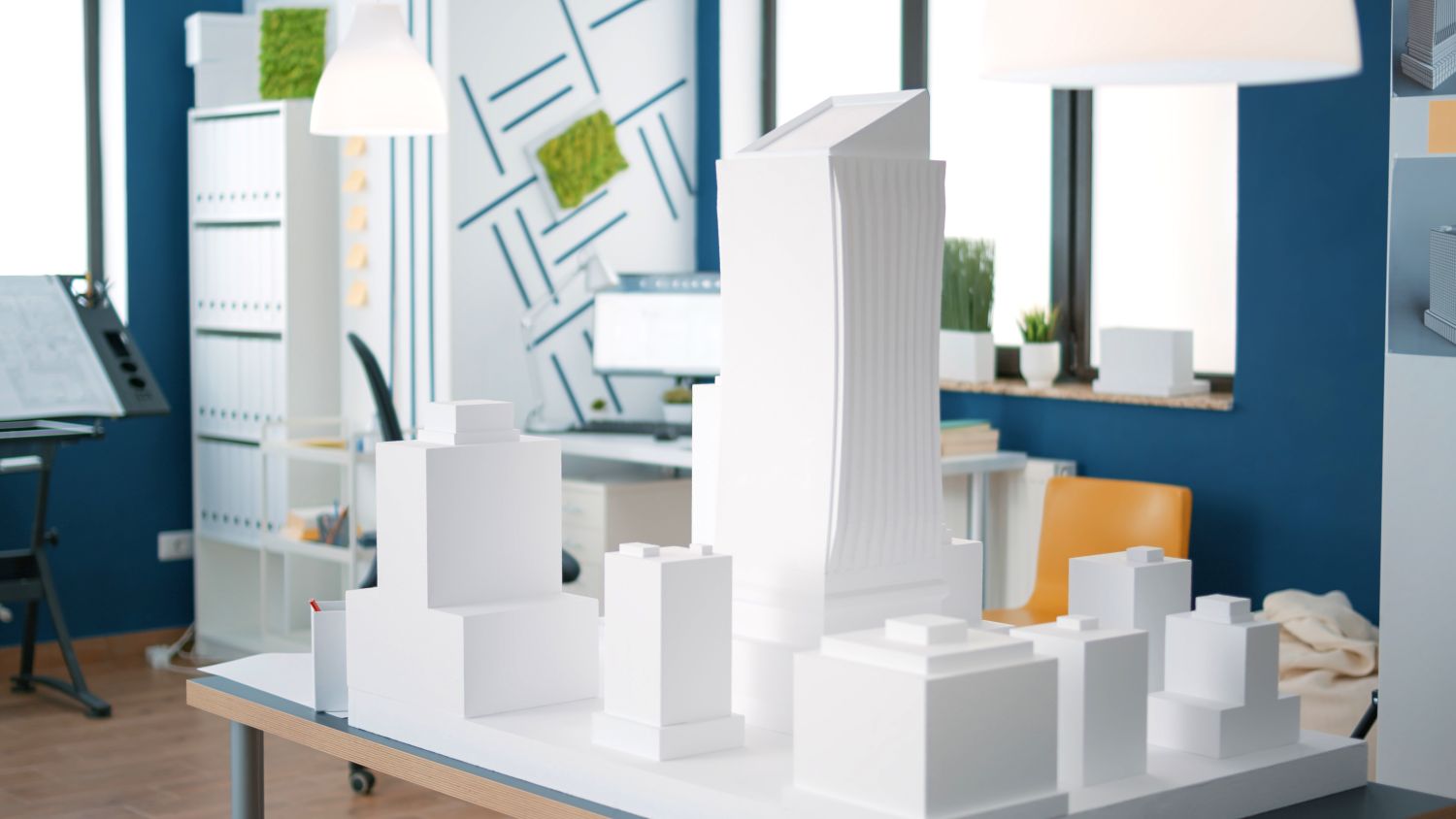
Urban Design Services That Meet Australian Green Building Standards
Discover how urban design services help meet Australian green building standards. Learn how Smart Planning and Design supports sustainable, compliant projects.
read more

Urban development has always been a high-stakes gamble. Developers invest millions into projects based on demographic studies and market forecasts, only to discover too late that a neighborhood lacks demand for luxury condos or that a community rejects a shopping complex. This uncertainty fuels vacant properties, financial losses, and eroded public trust. But a quiet revolution is unfolding in city streets: pop-up urbanism. By deploying low-cost, temporary spaces—from modular markets to pocket parks—cities and developers can test ideas, validate demand, and mitigate risks before breaking ground.

Traditional development cycles move slowly. Years pass between concept sketches and ribbon-cutting ceremonies, during which neighborhood dynamics shift. Consider Detroit’s "innovation district" in 2018: planners envisioned tech hubs but built offices that sat half-empty because remote work exploded post-pandemic. Similarly, Miami’s downtown retail corridor failed because foot traffic projections ignored e-commerce trends. These missteps aren’t just expensive—they fracture community trust. Pop-up urbanism flips this model. Instead of committing vast resources upfront, developers use lightweight installations as real-world experiments. A vacant lot becomes a weekend artisan market. An underused parking garage transforms into a pop-up gym. Demand isn’t guessed—it’s proven.
Berlin’s Tempelhofer Feld offers a masterclass in tactical validation. City planners faced pressure to build housing on this former airport site but first launched temporary gardens, food trucks, and skate parks. Sensors tracked visitor density, dwell time, and spending patterns. Data revealed that 78% of residents prioritized public space over housing—a finding that redirected policy toward permanent green infrastructure.
In New York, the Brooklyn Strand pop-up corridor tested retail viability near the waterfront. Developers installed modular shops for six months, rotating vendors from local crafts to tech startups. Heat maps of foot traffic identified dead zones, while sales data proved which concepts thrived. The result? A permanent mixed-use development optimized around actual behavior, not projections.
1. Iterate Quickly, Fail Cheaply
Pop-ups thrive on agility. Use prefab materials (shipping containers, modular decks) to deploy in weeks, not years. If a pop-up bookstore draws no visitors, pivot to a coworking space—all with minimal capital.
2. Embed Data Collection
IoT sensors, Wi-Fi trackers, and QR code surveys turn spaces into living labs. Measure peak hours, demographics, and engagement to refine future designs.
3. Foster Community Co-Creation
Let residents shape pop-ups. Madrid’s Esta es una Plaza invited locals to build temporary gardens on derelict land. The grassroots buy-in later secured funding for a permanent park.
4. Design for Adaptability
A pop-up today could seed a permanent feature tomorrow. London’s Boxpark Shoreditch—a mall made of stacked containers—started as a 2-year experiment. A decade later, it’s a landmark.

For developers, pop-ups slash financial risk. Testing a food hall concept with $50k in modular stalls beats losing $5M on an untested permanent build. For city planners, they democratize urban evolution: data from a pop-up bike lane can justify permanent infrastructure faster than years of hearings. Even communities benefit—vacant spaces become vibrant third places while signaling what amenities they truly need.
Pop-up urbanism isn’t a trend—it’s a fundamental shift toward adaptive, human-centered cities. As climate volatility and tech disruptions accelerate, the ability to test, learn, and pivot will separate thriving cities from stagnant ones. For developers and planners, the message is clear: Build temporary to build smarter.

Discover how urban design services help meet Australian green building standards. Learn how Smart Planning and Design supports sustainable, compliant projects.
read more

Discover the benefits of mixed-use developments in town planning Australia. Learn how they boost convenience, sustainability, and community connection.
read more

Discover why feasibility studies are essential in town planning Australia. Learn how they save time, reduce risks, and improve approval chances.
read more